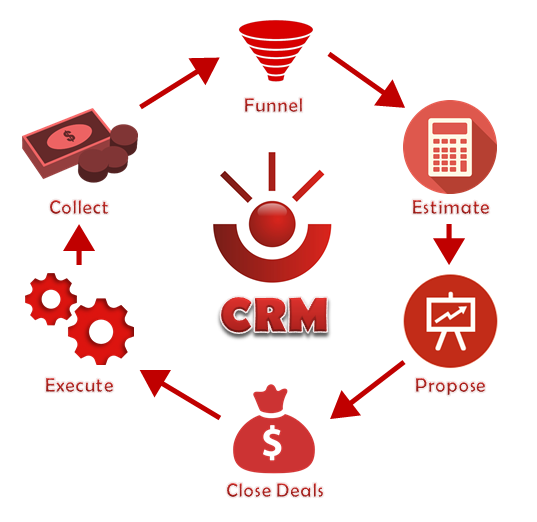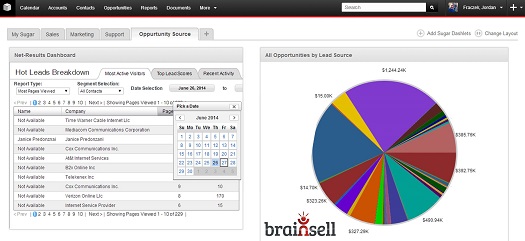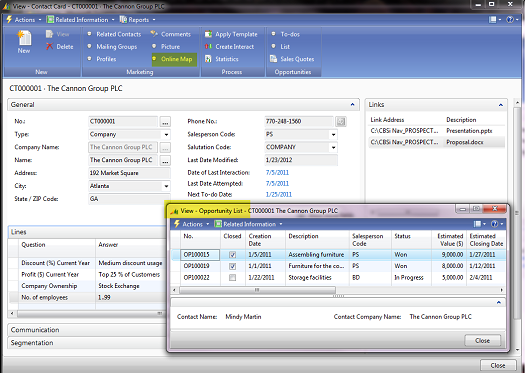CRM Software Costs and Benefits Explained
CRM benefits can easily outweigh the costs when used properly. We feature costs and benefits of some of the most popular CRM solutions on the market: SugarCRM, Microsoft Dynamics CRM and Salesforce. Typically, CRM implementation costs vary depending on the size of data migration and freshness of data. The older and less digitized the data, the more difficult CRM implementation tends to be.
What are the specific benefits of using a CRM system?
1. Measurement — (Example from SugarCRM, $35-60 Per user/Per Month)
CRM software is good at boiling down numbers. Cost per lead, cost per sale and allocation of resources are all things that can be easily tracked using a CRM system. Some CRMs are specialized by industry, but most require custom fields (data specific to your business) to start reporting good data back to the end user. The more time you put into the implementation, the more you will get out of it. It is best for the non-tech-savvy to work with a software vendor (reseller) to assist in tailoring their CRM to meet your needs. In the photo above from SugarCRM, we compare recent website visitors to existing revenue streams to determine who is most worth directing our marketing efforts towards.
2. Finding New Revenue Opportunities — (Example from Microsoft Dynamics CRM, $65 Per User/Per Month)
Because all your customers and prospects can live under one roof, it is much easier to increase your potential response rates by segmenting opportunities. CRM software allows you to associate meetings or appointments with different contact in your database. All of your customer interactions are listed in once place, and different notes can be clues to what the customer’s hot buttons are (what you can sell them). The above example is from Microsoft Dynamics CRM.
3. Defining ROI — (Example from Salesforce, $125 Per User/Per Month)
When all your data comes together in your CRM software, suddenly ROI becomes clear. Using Salesforce, campaigns can be set up and weighed against the sales funnel. You’ll know exactly when and where the best ROI opportunities are coming from. CRMs can identify net present value (NPV) and can also measure historical ROI.
Stay in the Loop
Subscribe to get all our latest content sent directly to your inbox!









